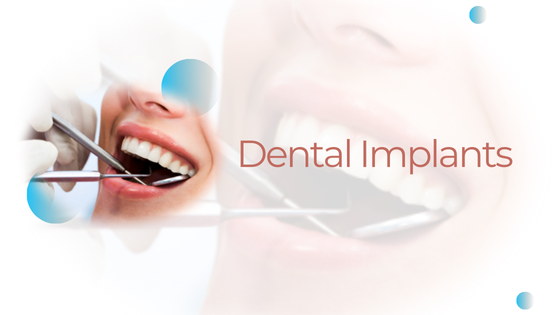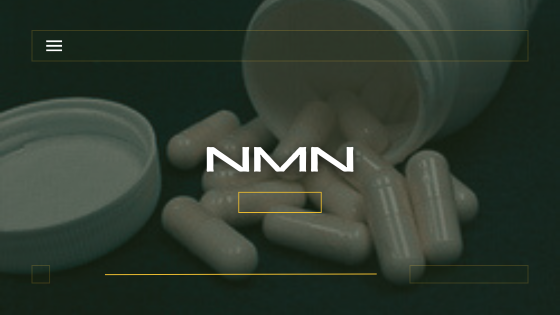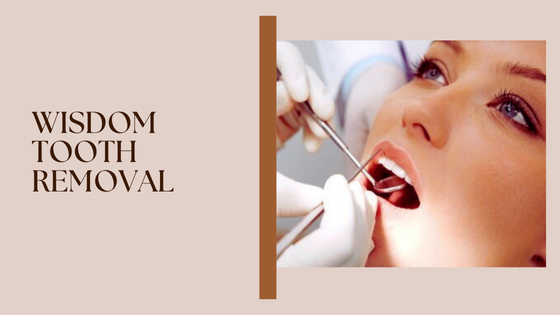In the world of haircare, few ingredients offer the multi-layered protection that argan oil does. Sourced from the kernels of the argan tree in Morocco, this golden oil is rich in antioxidants, essential fatty acids, and vitamin E—each playing a distinct role in shielding hair from damage. But beyond its nutrient profile, argan oil acts as a natural defense system, reinforcing the hair’s structure while guarding against environmental and chemical stressors.
Reinforcing the Hair Shaft from Within
Argan oil penetrates the hair shaft, delivering moisture and nutrients deep into the cortex. This internal hydration helps maintain elasticity and reduces the risk of breakage, especially in dry or brittle hair. Unlike synthetic silicones that coat the surface, argan oil nourishes from within, strengthening the hair’s natural protein bonds and improving its resilience over time. This makes it particularly valuable for textured or chemically treated hair that’s prone to structural weakness.
Protection Against Color and Chemical Damage
As you can see from ArganDirect – one of argan oil’s standout benefits is its ability to protect hair from the harsh effects of coloring, bleaching, and heat styling. When applied before or after color treatments, argan oil forms a lipid barrier that reduces porosity and prevents excessive moisture loss. This barrier helps lock in pigment, allowing color to last longer while minimizing fading and dryness. For brands developing post-color care products, argan oil offers a clean, effective alternative to synthetic protectants—one that aligns with the growing demand for ingredient transparency.

Shielding Hair from Environmental Stress
Daily exposure to UV rays, pollution, and fluctuating humidity can weaken the hair cuticle and lead to dullness, frizz, and split ends. Argan oil’s antioxidant-rich composition neutralizes free radicals and creates a breathable shield around each strand. This protective layer smooths the cuticle, reduces static, and prevents environmental particles from penetrating the hair fiber. Whether used in a leave-in conditioner or a styling serum, argan oil helps maintain a polished, healthy look even in challenging climates.
Scalp-Level Defense and Support
Healthy hair begins at the scalp, and argan oil’s anti-inflammatory properties make it ideal for soothing irritation and restoring balance. By reducing oxidative stress and supporting the scalp’s microbiome, argan oil creates a healthier environment for hair growth. It also helps regulate sebum production, which can prevent buildup and follicle blockage—two common causes of thinning and hair loss. For brands targeting scalp health, argan oil offers both therapeutic and cosmetic benefits.
Conclusion
Argan oil isn’t just a trend—it’s a long-term investment in hair protection and performance. Its ability to shield hair from chemical, environmental, and mechanical damage makes it a cornerstone ingredient for brands that prioritize results and integrity. Whether you’re formulating for daily care, post-treatment recovery, or scalp therapy, argan oil delivers consistent, visible benefits that build customer trust and elevate product value. For ingredient-conscious buyers and forward-thinking formulators, it’s not just what argan oil does—it’s what it prevents.







